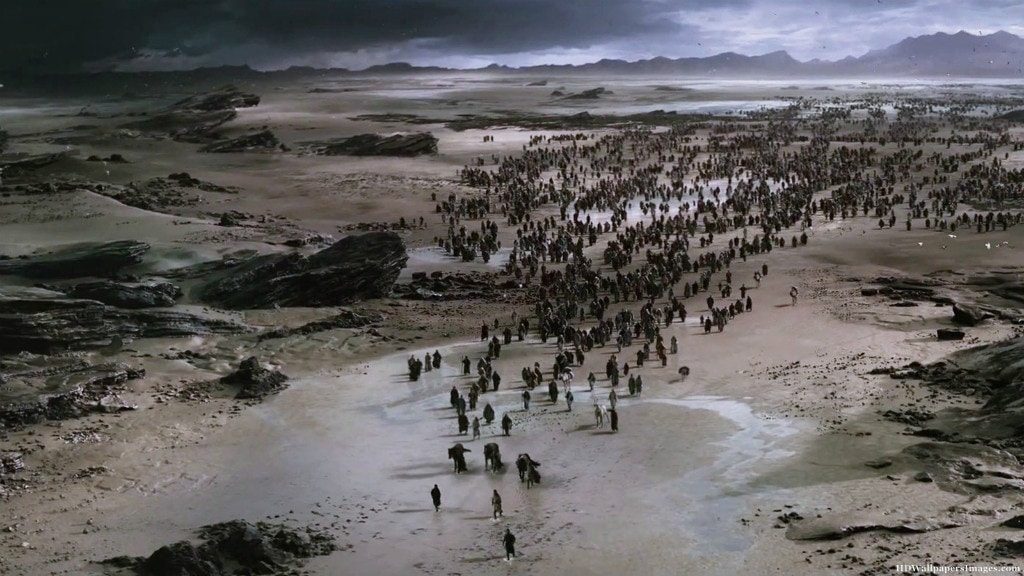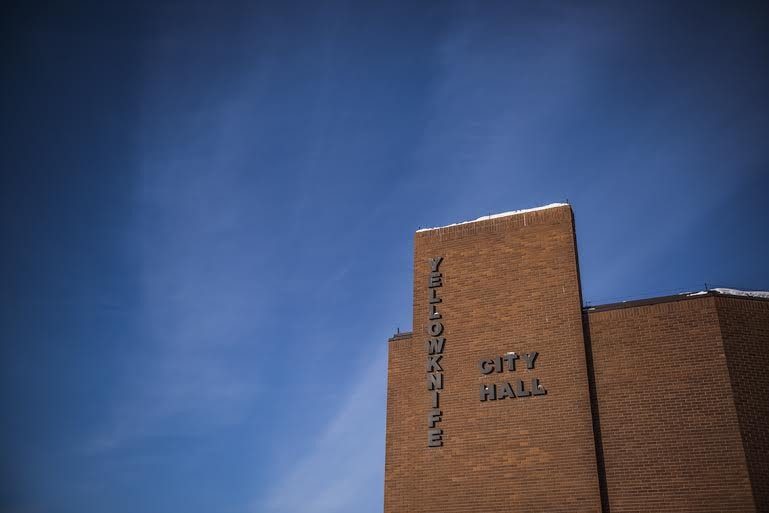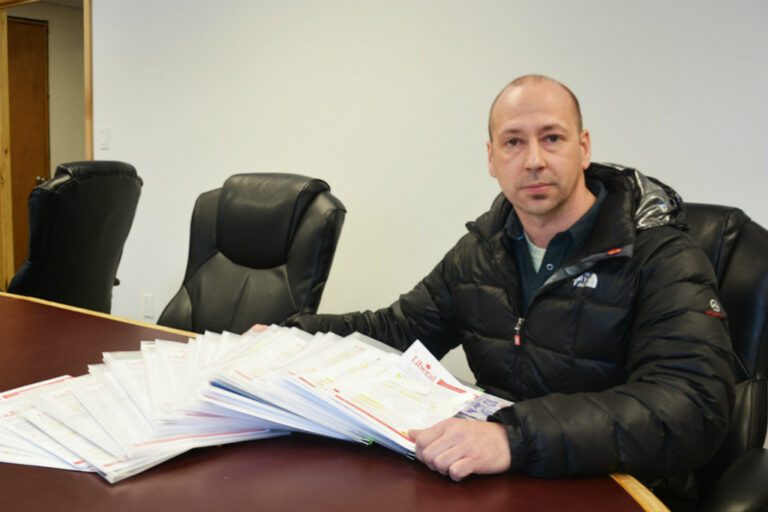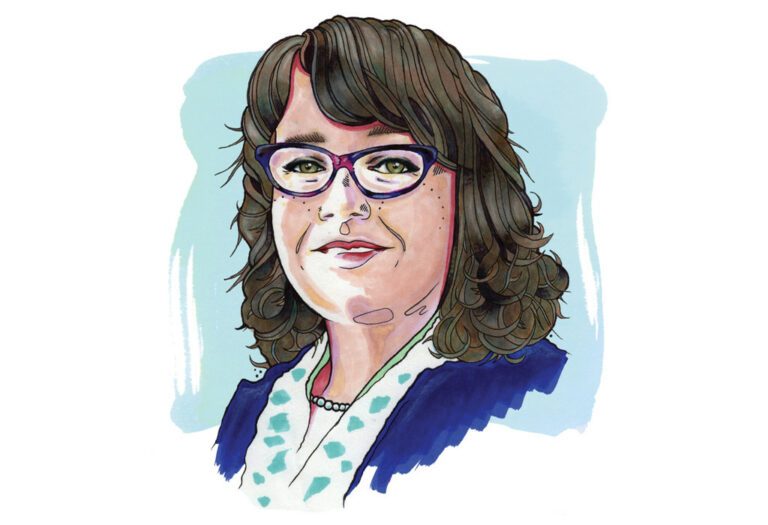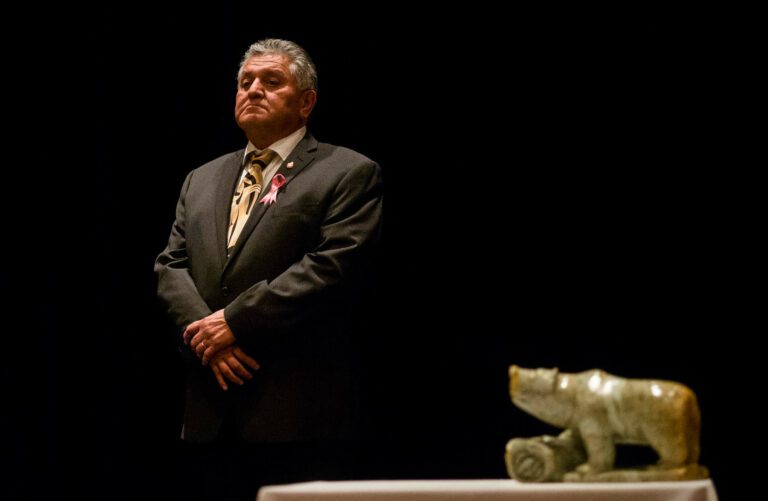It’s unlikely that any currently proposed initiatives will bring 2,000 new residents streaming in overnight
Ask any candidate in this election what their top priority is and the answer is virtually guaranteed to be some variation on “the economy and the cost of living.”
This isn’t exactly breaking news. The general tone of recent discussion around the NWT’s economy can generally be described using adjectives like “funereal,” “morose,” and “depressing.”
And that’s just the finance minister! Actually, I’m only half kidding: Michael Miltenberger — who generally prefers the deadpan to sunny ways — has likened the NWT’s fiscal outlook to a car heading straight off a cliff.
Try as they might, the authors of the transition document compiled by the 17th Assembly could not avoid the same grim tone. “The NWT economic outlook over the next five years is mixed at best,” the report states. “Although some regions are benefitting from resource projects, economic activity in other areas has either slowed considerably or declined. Over the next 5 to 15 years, the data suggests a protracted decline in resource production.”
Meanwhile, population growth is bunny-hopping like a teenager learning to drive stick shift, generally hovering around 44,000. But what’s alarming, per Statistics NWT, is the accelerating pace of out-migration: 1,331 people left the territory between the fourth quarter of 2013 and the first quarter of 2015, the most recent period for which figures are available. That’s a worse rate than during the depths of the recession years in 2008 and 2009.
The only thing keeping the population from a full-blown crash is the rate of natural increase of roughly 3.5 births for every death, which has held more or less steady over the last decade.
Essentially, the NWT is replacing skilled and educated people of working age with babies, who, while doubtless cuter than, say, your average electrician or policy analyst, pay no taxes and consume large amounts of social services (and rightly so). Those babies may well grow up to become skilled workers, but they won’t do that for another 20 years or so.
Same goes for seniors, the number of whom has grown nearly 50 percent since 2006. (And it’s worth reiterating that members of both cohorts count for roughly $29,000 per year in Territorial Formula Financing from the federal government.)
But the core of the NWT workforce is hollowing out rapidly. To its credit, the GNWT has been attempting to address this for some time now, having rolled out a suite of programs designed to recruit and retain skilled labour. But the uncomfortable fact remains that the success of these measures will in large part hinge on the overall health of the economy.
Saskatchewan is a case in point. Throughout most of the 1990s and early 2000s, the province was an economic basket case. Employment barely budged for a decade, and the population shrank by 10,000 between 1991 and 2006. In 2012, Saskatchewan added 22,000 new residents and saw its economy grow 4.8 percent, second that year only to Alberta.
What changed? Prices for oil, uranium, food and potash all shot up around the same time, and Saskatchewan, already fitted out with relatively modern infrastructure, was able to ride the boom times. Now, the oil bubble’s burst, uranium prices have tanked after Fukushima, potash is cooling off and it’s been a rough year for farmers. Things don’t look great right now, although the province’s economy is still forecast to grow modestly this year.
The lesson here for the NWT is that so much of the territory’s economic fortunes over the coming decade will depend on factors the territorial government can do absolutely nothing about. The government can help grow industries that are currently marginal, like fishing and agriculture, and it can attempt to reduce the cost of living and temporarily boost growth through capital investments like the Mackenzie fibre optic line, new highways and renewable power infrastructure.
But those initiatives will cost money the next government may or may not have, and any demographic payoff, particularly for the $2-billion-plus Mackenzie Valley highway, is far from guaranteed. 2,000 able-bodied new residents will not simply flock to the territory overnight as a result of these things.
What drives population growth is economic growth. And with current projections of the NWT economy being “mixed at best” for the lifespan of the next assembly, this election’s crop of MLA candidates, and those voting for them, would do well to curb their expectations.

